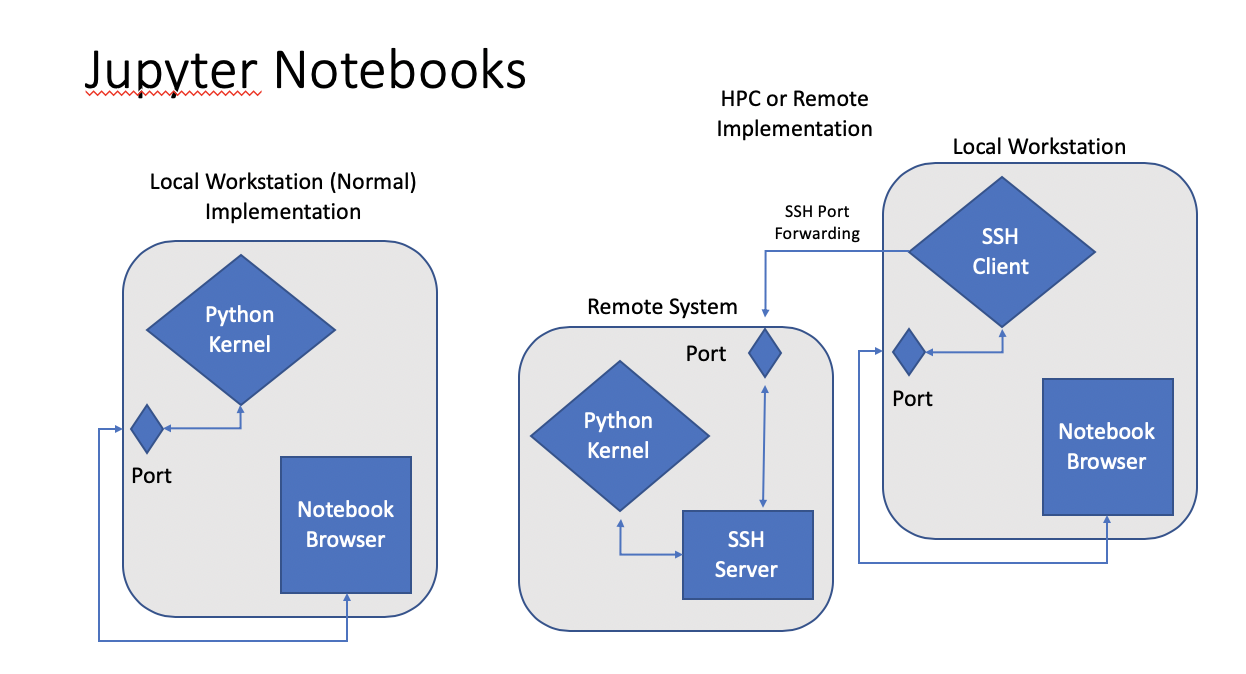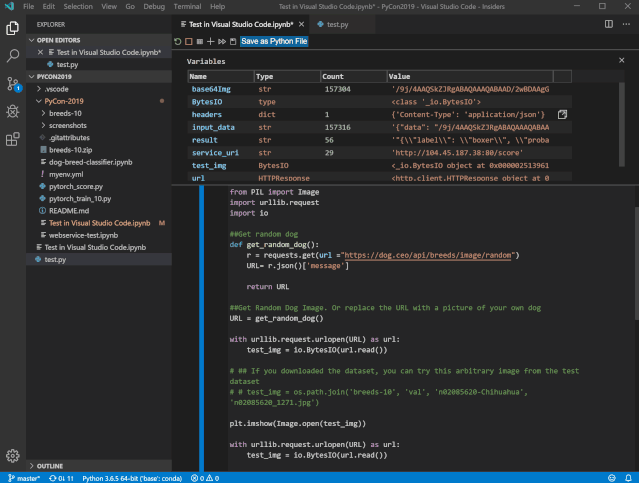

- #Jupyter notebook vs rstudio how to
- #Jupyter notebook vs rstudio .exe
- #Jupyter notebook vs rstudio code
You get integrated anything because there are SO MANY PLUGINS
#Jupyter notebook vs rstudio .exe
exe to your google drive and updates your project website and brew you a cup of coffee. Hit a button and it automatically builds you a python package and sends the. You can get an integrated build script, custom settings for each project etc. You can get an integrated terminal, you can run shell commands directly in your IDE

#Jupyter notebook vs rstudio code
You can get an integrated codestyle checked meaning it will underline your code because it's so ugly until you make it pretty You can get an integrated linter meaning it will underline mistakes without running your code But loses out in not being directectly connected to my local filesystem. Amazingly google colabs is better for editing imo. Or the myriad of other shortcuts that don't exist on jupyter notebook.īetter look and feel and customisability of your layout.Īnyway vscode isn't my favourite for notebookd. Or the shortcut for going back to last edit. My favorites is ctrl+d to select the name of the variable my caret is on, then repeatedly tapping it to select more instances of it. Also linting nudges you to write neater code.īetter key mapping for editing. Like syntax errors or unused variables or importing packages that you don't actually have installed. Linting - as in highlighting and underlining which tells you if there's things wrong with your code as you type. Don't waste time typing things while your brain is already 2 steps ahead Don't waste time scrolling up to remember what you called something. But here are the advantages of using an IDEĬode completion is much smoother.

Honestly I feel lik no one's given you a straight answer (no offence people). Heck, a buddy of mine who still works there tells me this scripts stills runs daily and I've been out of there for almost a year. In a couple hours I had a script that always ran at 4 PM and did that, couldn't really do that with a notebook. What I did was simply make an SQL query to the server filtering all new requests, make that into a Pandas dataframe, reformat some of the columns to a more readable format, make this into an Excel file and e-mail it to them.
#Jupyter notebook vs rstudio how to
My first job out of college was as a data analyst for a chemical analysis lab, since I was basically the only one who knew how to query their database, part of my job was generating a few reports for different teams, like getting all sample pickup requests made today and send that information to the logistics guys so they could work it out with the transport company who did pickups for us. If you make your code a Python script you can just run it from the terminal with a single button press, actualy, you can schedule it to run on it's own. Now imagine you have to do it daily or even a few times per day, do you really want to go into jupyter and rerun all the cells everytime? If you need to that only once, fine, open your notebook and do it. Let's imagine you need to take data from your company's database, run it through an ML model or even some basic data wrangling in Pandas, then output the results as an Excel file and send it to another team. From here, you can explore your dataset, embed HTML directly in your document, create visualizations, and more.As an example that should be close to you.

On RStudio Workbench, you have a choice of editors: the RStudio IDE, JupyterLab, Jupyter Notebook, or VS Code. Analyze and Visualize Data Within a Maintained Environment Want to explore the report yourself? Check out the published version on RStudio Connect and the code on Github. Daniel Petzold walks us through his data analysis and reporting. Let’s dive into a real-life example by exploring data from NASA’s Center for Near Earth Objects (NEOs). RStudio Team, made up of RStudio Workbench, RStudio Connect, and RStudio Package Manager, brings everything together to help data scientists create, reproduce, and share insights from their Jupyter Notebooks. To live up to their fullest potential, data science teams need a way to scale their development securely and efficiently - while providing stakeholders easy access to their output and visualizations. Collaborating can be difficult and sharing can be tedious. However, they’re often stuck in data scientists’ local computing environments. Jupyter Notebooks are interactive documents for code, outputs, and text.


 0 kommentar(er)
0 kommentar(er)
